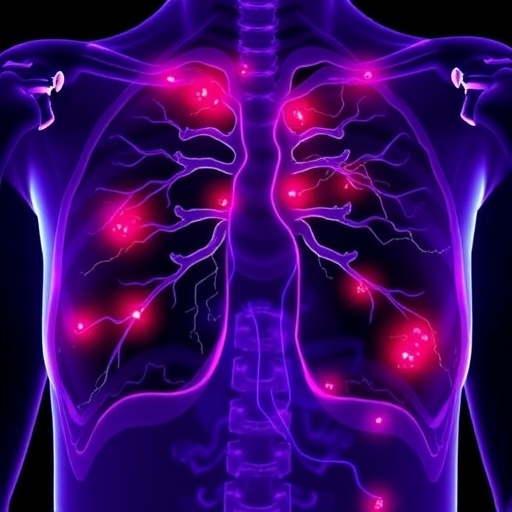University of Missouri scientists assisting Missouri officials with Coronavirus Sewershed Surveillance Project
![]()
Credit: University of Missouri
Recent studies in the Netherlands and other places have shown that the presence of SARS-Coronavirus-2, or the novel coronavirus, can be detected in human waste. These studies have led to several ongoing projects throughout the world exploring how waste can be used to monitor the geographic circulation of viruses by providing early detection of its presence in places where people are connected to a centralized wastewater treatment system.
Now, over the course of the next year, University of Missouri researchers are partnering with the Missouri Department of Conservation and the Missouri Department of Health and Senior Services in the Coronavirus Sewershed Surveillance Project. This new project will detect the presence of the novel coronavirus in samples of wastewater from across the state to help inform disease mitigation efforts. The MU researchers said the project can provide early detection of an upcoming COVID-19 outbreak or future spike in the number of positive novel coronavirus cases in a specific community.
MU’s team, led by Marc Johnson and Chung-Ho Lin, will provide the laboratory analysis of the samples for the project. Johnson is a professor of molecular microbiology and immunology at the School of Medicine and investigator in the Christopher S. Bond Life Sciences Center. Lin is a research associate professor and lead scientist in the bioremediation program at the MU Center for Agroforestry in the College of Agriculture, Food and Natural Resources. The team includes Hsin-Yeh Hsieh, a research scientist in the College of Veterinary Medicine and the Christopher S. Bond Life Sciences Center.
Johnson said their plan is to analyze new wastewater samples from across the state every week.
“The COVID-19 virus is present in waste at very high levels as people can shed the virus before they start developing symptoms,” Johnson said. “If you want to know if the virus is present in a community, we can tell with just one sample of wastewater. But, if you also want to determine if that presence is related to a new outbreak, or if it is just an isolated event, we need to monitor the samples week-to-week. If we do that and there aren’t any new infections, the analysis should show levels being steady or going down, whereas if there are new infections or there is a spike in positive cases, the levels will go up.”
The researchers said at first glance, this might seem like a simple task, but it is a complex process. Once MU receives a sample of wastewater from the state, they will extract a sample of genetic material, or RNA, from the virus. But that effort also involves separating the virus from larger particles of waste. Once they have successfully extracted a sample of RNA, the team will use a process called quantitative reverse transcription polymerase chain reaction, or RT-qPCR, to allow scientists to amplify the RNA sample to study it in greater detail. Johnson will lead the effort to extract the RNA, and Lin will lead the rest of the analysis. Lin said his team has been using this RT-qPCR technology for the past 15 years to detect genetic materials and microbes in the environment. But, this is the first time he has worked on a human virus.
For Johnson, to have Mizzou join the state’s project was a no-brainer.
“This is exactly what we do all the time at Mizzou — helping our state and our communities with the scientific resources we have on campus,” he said. “With this project, we’re focusing on places that have a lot of infections — either total or per capita — or places where we know there are high-risk populations, such as prisons, meat processing plants and retirement homes. I think this technology is going to open people’s eyes as a tool for public health going forward.”
###
Media Contact
Eric Stann
[email protected]
Original Source
https:/




